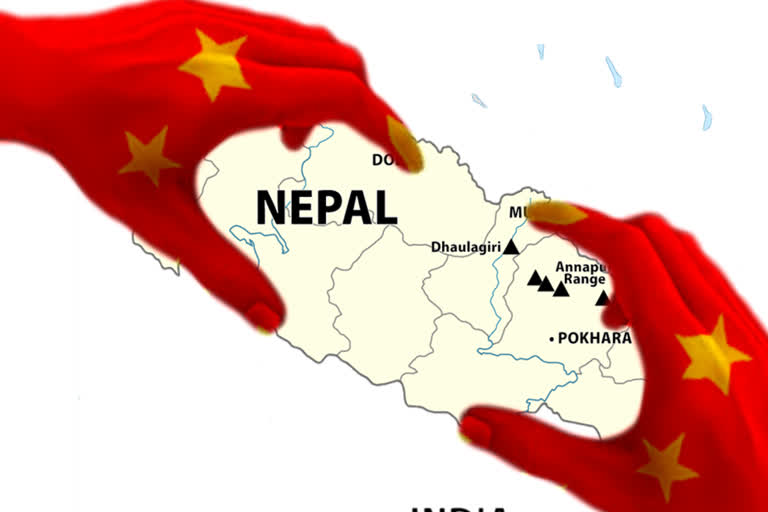New Delhi: China's cheap loans to Nepal in the garb of infrastructure development to facilitate trade will lead to another debt trap, concerned Indian government sources have said.
India is closely watching the developments in the neighbourhood and how China is allegedly entrapping Nepal with an eye to expand its influence in the Himalayan nation.
Last year news reports revealed that China will occupy the immensely profitable port of Mombasa in Kenya. Beijing had lent huge sums to the development of Kenya's rail network, which the African nation is unable to repay. Not only this, but the Nairobi inland container depot is also under threat of a Chinese takeover as well.
Read also:Is China behind Nepal-India rift?
In our neighbourhood, China adopted a similar modus operandi when Sri Lanka was forced to hand over the port of Hambantota to China on a 99-year lease due to the non-payment of Chinese borrowings.
Pakistan too is not very optimistic about the China�Pakistan Economic Corridor project anymore.
The debt burden is increasing to unbearable levels and so is the repayment pressure on Pakistan. And the benefits from these infrastructure projects are very meagre and uncertain.
Watch:Nepal at the crossroads
So, the question arises, are China's cheap loans to poor nations such as Nepal, in garb of infrastructure development to facilitate trade to give a development boost or will lead to another debt trap? The answer to which many countries, paying a heavy price, know too well but perhaps Nepal's political leadership is unaware of the cost.
Debt-trap diplomacy
"Before we go further it is important to understand Chinese debt-trap diplomacy," said a top government officer. The officer elaborated that poorer nations are lured by offers of cheap loans from China for transformative infrastructure projects.
Such as one presently proposed by China to Nepal.
"Then, if those countries cannot keep up with their repayments, Beijing may demand concessions or other advantages in exchange for debt relief," the officer explained.
This process is known as the diplomatic debt trap.
The development project at Hambantota port in Sri Lanka serves as a cautionary tale for anyone who thinks that China's support for their infrastructure development comes with no cost.
According to research recently published by the Kiel Institute for the World Economy, there are seven countries in the world whose external loan debt to China surpasses 25 per cent of their GDP.
Three -- Djibouti, Niger and the Republic of the Congo -- are located in Africa, while four -- Kyrgyzstan, Laos, Cambodia and the Maldives -- are in Asia.
Economics is only what the Dragon understands
Nepal's quest for an alternate transit country succeeded with the finalisation of the text for the Protocol of Transit Transport Agreement with China.
China formally agreed to provide seven transit points -- four sea ports (Tianjin (Xingang), Shenzhen, Lianyungang, Zhanjiang) and three land ports (Lanzhou, Lhasa, Xigatse) -- to Nepal for trade with third countries.
The protocol materialised after prolonged discussions following the signing of the transit transport agreement (TTA) during Prime Minister K.P. Sharma Oli's China visit in March 2016.
"The huge fanfare celebrations were undertaken by both the governments to mislead the innocent people of the higher Himalayas," said another government officer.
According to Chinese economists, the new route will benefit Nepal immensely, but strategic experts in other countries bleeding under Chinese debt differ.
Reality Check - India vis-a-vis the Dragon
An analysis of trade route options before Nepal indicates that the route through China both for third country and bilateral trade purposes could prove costlier than the route from India.
A senior IAS officer says that for example, a 20 feet container takes approximately 45 days (one way) to reach Birgunj, Nepal, from any Chinese port located on the eastern flank of China. Whereas the transit cargo for import from Kolkata or Haldia to Kathmandu via Birgunj takes 16 days and for export it takes around seven to eight days.
